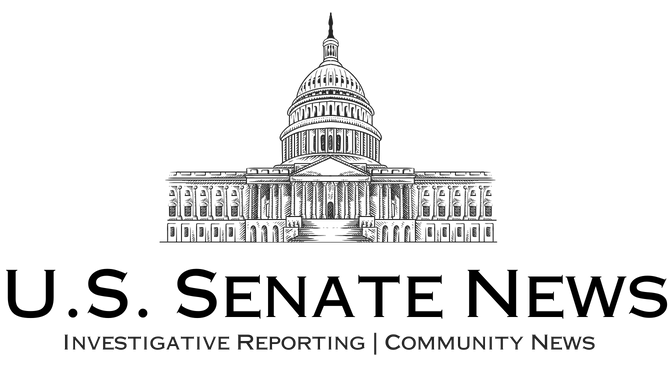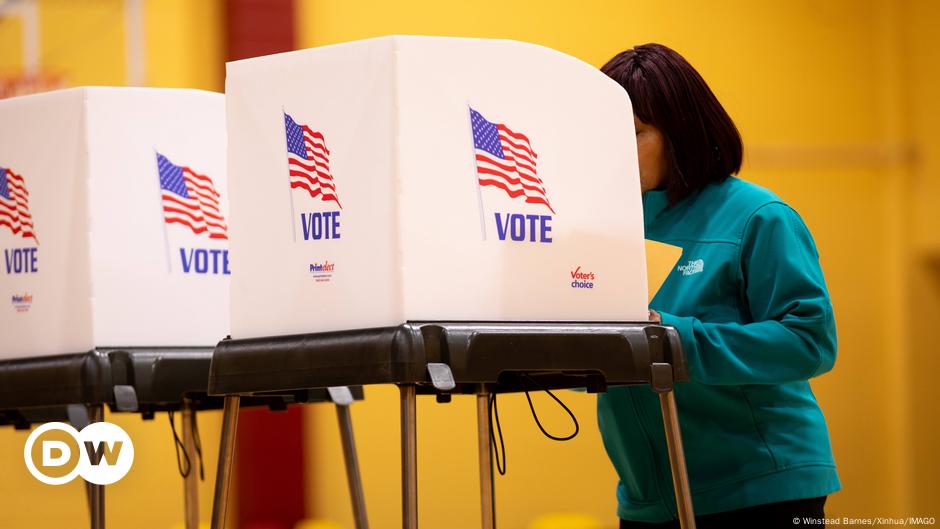Politicians insist that the only polls that matter are those on Election Day, and polls currently show a historically close race between Kamala Harris and Donald Trump.
While polls may show Harris leading Trump by about 2 percentage points, it is also true that Trump has never been this close to his Democratic rival in national polls.
Even though most polling organizations accurately predicted Joe Biden’s victory in the 2020 election, the final lead against Trump was much closer than pre-election polls suggested. .
Trump won the 2016 presidential election convincingly, even though polls suggested a landslide victory for Hillary Clinton. Pew Research has since found that at least 88% of national polls exaggerate the popularity of each Democratic candidate.
“National polls are misleading in that they try to generalize about what’s going to happen,” Thomas Gift, director of the Center for American Politics at University College London, told DW.
“Right now, for example, it looks like Kamala Harris is going to win the popular vote. She’s up by a few percentage points. But I think it’s unclear whether she will win the Electoral College.”
For now, polling analysts believe the U.S. is evenly divided between the candidates.
So, will they be right this time too? It all depends on whether pollsters can find specific segments of the population that are voting for Trump.
The art and science of captivating American voters
When assessing voter intentions, pollsters try to take into account as many variables as possible.
“We measure people who are very different from each other and we provide that information to the public,” said the New Yorker and the Siena College Research Institute, which produces polls considered to be among the highest quality polls in America. Director Don Levy says: The Times.
As a general rule, polls measure a sufficient number of “likely voters” ( (sometimes abbreviated as LV). The margin of error is often around 3-4%.
The sample size required to meet these parameters is small. Pollsters need about 600 people to represent a population of 100,000 within a 4% margin of error. To get a 3% margin, you need to clear 1,000 people. This is the science of voting.
Finding the right representative mixture in the sample is important to making the survey as accurate as possible, and each polling agency has its own method.
It starts with determining whether someone is LV. With only half of eligible voters showing up to vote in recent elections, it makes little sense to vote for someone who won’t.
Siena does this by combining voters’ attendance records at polling places with oral interviews over the phone.
Once Siena’s LV threshold is reached, you will be asked about your voting opinion and broken down by demographics to create poll assignments. The more disaggregated the sample of these voters, the more certain the poll results will be.
Siena has approximately 40 unique quotas, with the goal of accurately representing the demographics of the electorate, including variations in gender, ethnicity, age, education level, and more.
“We’re working very hard to allocate these samples not just across the United States or across Pennsylvania, but by region of the state,” Levy said.
Polling organizations use data and other techniques to predict which voters are likely to participate in elections. Image: Kelly Wilkinson/AP/picture Alliance
Find hidden Trump supporters
Obtaining a representative sample across 40 assignments is not an easy task. Clearly, there were flaws in the polling methodology that significantly underestimated Trump’s standing among the American electorate in 2016 and 2020.
Regarding the discrepancy between public opinion polls and the final election results, Levy referred to pollsters’ efforts to capture a specific part of the population as “anti-establishment/nonresponse bias.” However, he points out that these are Trump-supporting Americans who refuse to participate in polls. I’m trying to include them.
“Virtually all (pollers) were making the same mistakes.”
Levy suspects that the failure to capture this “anti-establishment” electorate amounted to a “three to seven point error” in 2020 alone. What is the treatment? To count “drop-offs”.
“There’s a significant percentage of respondents that when I call them and say, ‘This is Don calling from the Siena College Institute doing research today,’ they simply say, ‘Trump!’ Hang up,” Levy says.
“In 2020…we were tracking them, but they weren’t being counted. And looking back, if we were counting those people, about 40% of the mistakes would have been We found out that it would have been fixed. So we’re counting them now.” ”
Harris vs. Trump: Which is better for the global economy?
To view this video, please enable JavaScript and consider upgrading to a web browser that supports HTML5 video.
polls, predictions, pennsylvania
Unlike other systems, the US president is determined not only by the popular vote, but also by the candidate who receives at least 270 of the 538 electoral college votes.
These votes are allocated to each state according to the number of members in Congress and pledged to the most popular candidate (usually in a “winner-takes-all” arrangement, with the exception of Nebraska and Maine).
This complex system has allowed Trump and George W. Bush (in 2000) to win with fewer paper votes than their opponents.
To predict the Electoral College, analysts and commentators use polling data to predict red, blue, and “toss-up” states by predicting which candidate will win the popular vote in each jurisdiction. Convert to map.
For now, analysts generally agree that seven states will decide the president’s seat with a 50-50 split: Arizona, Georgia, Michigan, Pennsylvania, Nevada, North Carolina and Wisconsin.
Accepting that polls aren’t perfect, the closeness of the race means many analysts are watching one state closely. Pennsylvania is the latest lead state to side with the president elected in the last four elections, holding 19 precious electoral votes.
“It’s very hard to imagine either candidate reaching the White House without winning Pennsylvania,” said Gift, himself a Pennsylvania native and expert at University College London. .
Gift said the amount of money spent by both sides in the Keystone State and the attention it receives shows its importance.
“Candidates are doing everything they can to win in Pennsylvania, and I really think that’s the crux of this election,” Gift said.
Editor: Davis Vanopdorp



